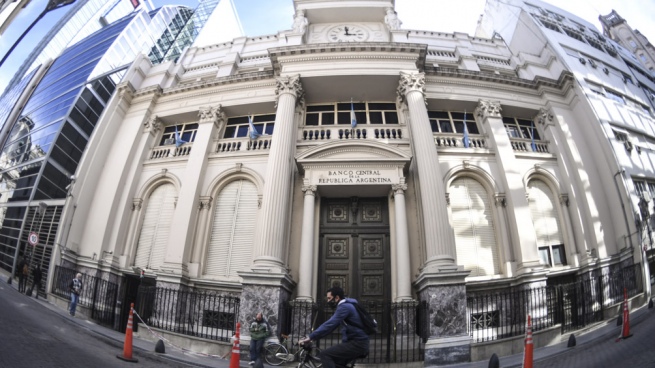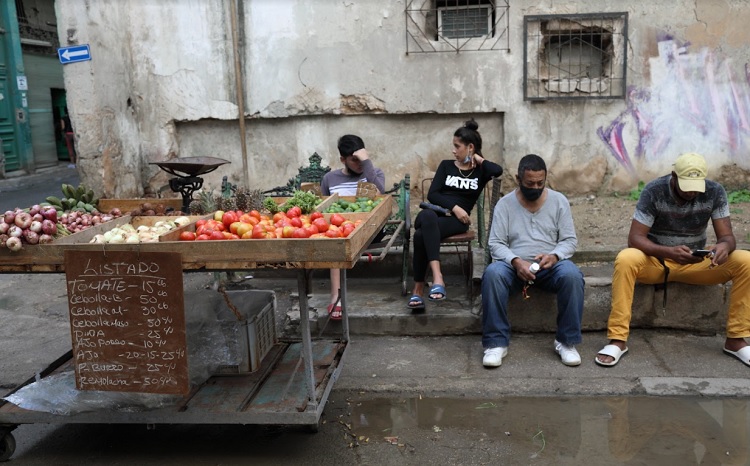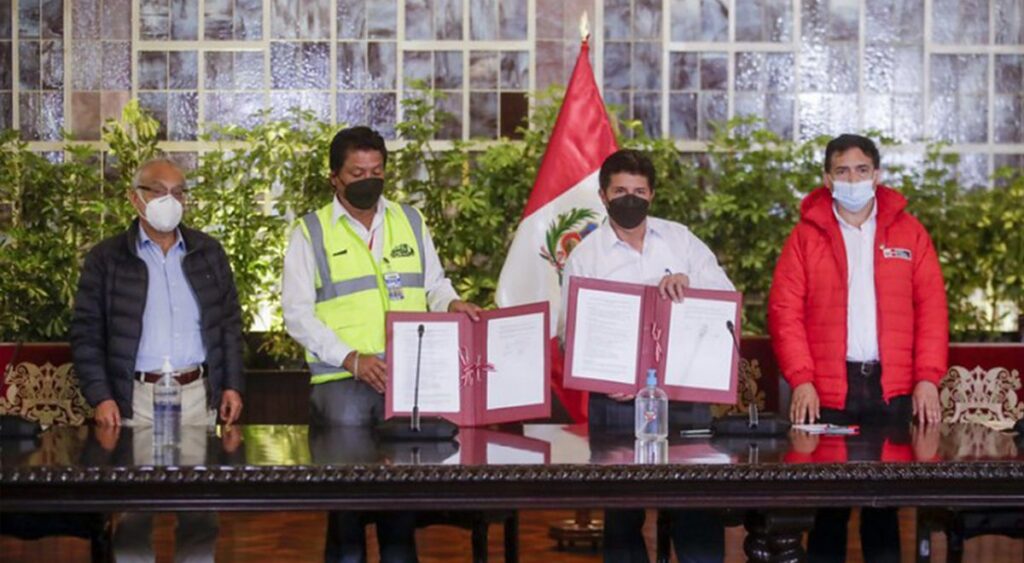The National Treasury got almost $620,000 million of net financing in the first quarter of the year in the local marketthe equivalent of 0.9% of GDP and almost half of the target set for 2022 in the program with the IMF, in line with the goal of sharply reducing monetary issuance as a way to cover the fiscal deficit and thus help reduce inflation.
The result of the tenders in these three months allowed the Treasury refinance principal and interest maturities at a rate of 149% -record for the administration of the government of Alberto Fernández-, which helped the Central Bank of the Argentine Republic (BCRA) issued only $122,000 million in Temporary Advances so far this year, $13 billion less than the same period in 2021: an adjustment in real terms of more than 50%.
One of the main quantitative goals set in the Extended Facilities agreement signed with the IMF establishes that, in order to finance a fiscal deficit of up to 2.5 points of GDP in 2022, the Government may resort to 1 monetary issue pointan abrupt drop compared to the 3.7 points issued by the BCRA in 2021 ($1.7 trillion).
Not counting the assistance you get through other organizations such as the World Bank or the IDB, the Government should access financing of 2 points of GDP through the debt market in pesosa goal that, for now, has been widely exceeded.
“The tenders have been optimistic. The debt-roll over ratio has to be between 130 and 140 percent to reach the objective signed with the IMF and it is being achieved,” Guido Lorenzo, executive director of the consulting firm LCG, told Télam. .
For the economist and director of the Analytica consulting firm, Ricardo Delgado, “the Government has important chances of meeting the goals of monetary financing and the accumulation of net reserves – set at US$ 5,000 million a year – without following the logic of the exchange delay” for 2022.
“On the monetary and foreign exchange side, the Government can show a good result in the first quarter. The good performance of issuing placements, well above maturities, makes the Central Bank see more relief in the need to issue, while inflation in the United States and the revaluation of the Real take pressure off the exchange rate, which is just one point below what it saw in December in real terms,” he said.
Still, he warned: “The unknown is the fiscal goal. There is a deficit that I have doubts will be met.”
In this sense, the commitment established in the agreement with the IMF established a reduction of 0.6 points of GDP in energy subsidies (approximately $500,000 million) through a new scheme that should begin to be applied in the second quarter of the year. .
However, the increase in the international price of oil and gas due to the war between Russia and Ukraine meant that, far from being reduced, subsidies increased significantly.
In the first two months of the year energy subsidies reached $157,396 million, a real growth of 104.5% compared to the first two months of 2021, according to data from the Congressional Budget Office (OPC).
“The fiscal goal can be complicated by the subsidies account, which is something that is not in the government’s control. We calculate an increase of between 3,000 and 4,000 million dollars in subsidies due to the fuel price effect and that can put pressure on the fuel market. local debt,” Lorenzo assured.
Another variable that comes into play is that, although the Ministry of Economy was able to obtain record financing from the private sector in these months, the percentage of new debt tied to inflation (CER) increased considerably: it went from average of 45% in January and February to 79% in March, and concentrated in instruments with maturities of less than one year.
“The market finds that the devaluation scenario is ruled out, especially after the agreement with the Fund. The risk now is that of inflation, not only because of the local situation but because of inflation in the United States. That is why the instruments that adjusted by CER fit perfectly with that coverage demand”, said the fixed income strategist of Adcap Grupo Financiero, Javier Casabal.
For Delgado, who the percentage of debt indexed for inflation has increased “it is not a problem in the short term, but it is clear that it cannot continue to grow indefinitely.”
And he added: “Last year the instruments that were adjusted by CER were 20 percent and now they are 60% of the total Treasury debt.”
The acceleration of inflation -which accumulates an average of 3.65% in the last six months and 4.7% in February- is the main factor when thinking about possible imbalances in economic policy.
In recent months, the BCRA accelerated the rate of depreciation of the exchange rate to 3.3% in March -maximum in 12 months- and applied three increases in its monetary policy rate, which went from 38% to 43.5% TNA, but they are levels that for now run behind the rise in prices in the economy.
“With inflation at levels of 60%, it is very difficult for the economy to work,” said Lorenzo, although he said he was “optimistic” that the level of exports would remain at the levels of the previous year and that the reserve accumulation goal would be comply thanks to the disbursements made by the IMF.
However, the monetary authority’s quest to have a positive real interest rate and an exchange rate that runs above inflation “cannot be recalibrated in a single movement,” Delgado said.
“The Government spent the first quarter of the year, which is the most difficult in exchange matters, and entered the best quarter of the year, when the soybean harvest begins in a framework of the best terms of trade in history. It is likely that there are improvements on the export side compared to last year that help to give air to the foreign exchange market”, concluded the director of Analytica.


















